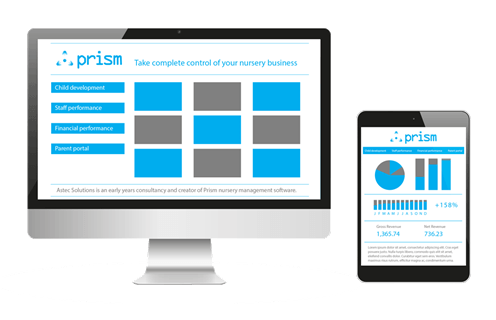The current hot topic on the Government’s agenda is the Early Years Pupil Premium (EYPP): an additional amount of money that is intended to support our most “at risk” 3–4 year olds.
At first glance, it appears that the Government have finally listened to the outcry of the early years sector that funding is not sufficient to cover overheads. Yet, when looking in more depth, the additional amount providers will receive via the EYPP will only equate to a top up of around £1.89 per eligible child per hour (and, of course, not all children will be eligible).
Heart versus (business) head
With our early years heads on, we want more of these children in our settings. They are the ones who benefit most from high quality early years experiences, making a significant difference to their lives and that of their families. I have seen first-hand the benefit of nurturing “at risk” learners and know how high quality care can help them prepare better for learning and, eventually, the demands of school. Equally, it has created opportunities for dialogue with parents and enabled them to access both informal and formal support that can make a huge difference. Every child deserves a chance.
However, in this sector, we continually find ourselves torn between our head and our heart. Our heart wants our nurseries full of the more vulnerable, but our head questions the financial viability and whether or not such a small ‘top up’ will have any significant impact in reality.
We recently carried out a survey on our website asking if you thought nurseries can make the EYPP work. Interestingly, the majority of voters denoted that they thought nurseries can make it work.
I would agree that nurseries can make EYPP work. However, I’d also agree that the EYPP is not enough to truly cover all the related expenses. So, we have to think creatively.
How can nurseries make EYPP work?
The key is to creatively manage how you distribute funding and delegate your time so that the EYPP becomes less of a burden. If you can, for example, find a way to make your funding for the 15hrs sustainable, the additional ‘top up’ from the EYPP could be used for resources and uses which ultimately positively influence your whole practice.
A popular suggestion on a recent EYTalking twitter chat was to use EYPP to train and upskill staff to better support ‘at risk’ learners. We all know how effectively trained staff can have a profound effect in raising standards and, with the right training for your team to support, your whole setting will benefit.
It is also helpful not to be completely reliant on purely funded children. The reasons for this are twofold. The minimal funding is an obvious aspect, but it is equally important to cater for the fact that government funding is never forever. Government schemes will come and go. The EYPP and 15hrs funding may be around for six months or six years: there is no guarantee of how long or for how much.
The goal is to make funding work around your existing practice and not to alter practice dramatically so that you become dependent on it. This may require you to limit numbers and to think about what sessions and when, so that you can enable funded children to attend without impacting quality.
The importance of providing evidence
However you choose to use the EYPP, it is essential that you are able to evidence how you have used the funding to improve quality of care.
I don’t think anyone appreciates more administration, but I do feel that there should be a process in place to make sure that providers use funds effectively. You will see the benefit if you treat it as a useful learning exercise for yourself and your whole team. I’ll admit to being fortunate to have nursery management software that helps with this process, but if you don’t have software yet, read my earlier post on the benefits of reflective practice for some tips and templates.
In many ways using the EYPP can become a liberating process. You know your children best and will be able to determine what, how and when the funding will be used. With the creativity that you typically have to use as a nursery provider, I do think that nurseries will be able to effectively use the funds to support at risk children and develop your setting holistically. Whether or not it enough is an entirely different story!
Heather Stallard
Latest posts by Heather Stallard (see all)
- Vision, values & clarity - 7 January 2016
- Parental Partnerships – the conversations we’re not having - 10 November 2015
- Quality improvement in process: adopting BEEL and EEL - 13 October 2015



Recent Comments